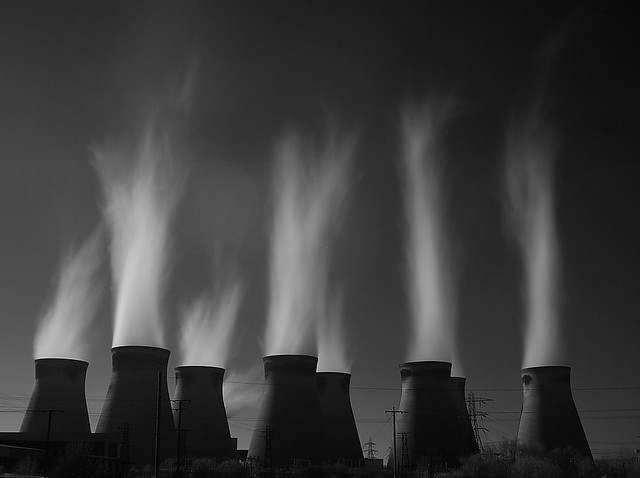Just when you thought it was OK to pack away your generator and Eskom's power woes were over, you got another thing coming your way...Blackouts!
South Africa could be dumped back into the dark ages again as rolling blackouts could to hit the country as early as next year, according to energy services company MaNoa.
"Few people realise that the slowdown in the economy has temporarily saved South Africa from blackouts even worse than the ones experienced in January 2008," says MaNoa director Esmé Bluff. "But as the wheels of industry start turning again; somewhat ironically, they're moving us ever closer to critical power shortages that threaten to reverse any growth experienced." Medupi, the first power station to be built as part of Eskom's new build program, is a ‘six-pack' (6 X 800MW units), coal-fired station.
She says South Africa's power supply shortage is aggravated by further delays announced on the construction of Eskom's second large power station, Kusile near Emalahleni in Mpumalanga - another ‘six-pack', coal-fired station - that was due to plug into the grid in 2013 and be fully operational by 2016.
"Even this is been a temporary measure as demand would still exceed supply, especially as existing power stations start reaching the end of their useful lives within the next fifteen years," she says.
"The only solution is for every single electricity user to reduce demand as a matter of urgency; else we'll all be experiencing power cuts together."
Eskom's 15% largest customers use around 80% of the electricity it generates. "As big industrial users, many of these companies are already doing a lot to become more efficient users," says Bluff. "But it's the large users just under this top bracket, like mines, industries and municipalities that need to do more to free up capacity. Meanwhile, smaller users should also do their bit to save."
 |
| Only a temporary solution |
According to MaNoa, in the face of this risk, the smartest thing every company can do right now to ensure its future sustainability is to devise an energy policy based on existing usage.
"An audit needs to be done on where exactly your electricity is being used. Based on this, energy services experts will be able to advise on how usage may be reduced, recommend alternative sources to reduce dependency on the power grid and help devise a back-up plan in the face of power cuts."
Bluff says the potential for savings is enormous: from 5% where companies have already done much in terms of energy efficiency, to as much as 45% particularly for industrial firms.
"This policy needs to be taken as seriously as any other that determines a company's success," says Bluff, "And perhaps even more so as without electricity, most would cease to function."
Energy saving
"Many people think that if they've changed their old incandescent light bulbs to modern CFLs or improving existing fluorescents they've done enough - but this is just scratching the tip of the iceberg," she says.
She says by redesigning office layouts, lighting, air-conditioning, as well as scrutinising the manufacturing process, for example, businesses can reduce their electricity usage significantly. "The changes made quickly pay for themselves as businesses reduce their utility bills and receive tax breaks from government, which recently introduced attractive tax incentives for energy efficient users."
She says individual users also need to be made aware of small things they can do that add up to big electricity savings and a reduced demand on the power grid. "These include switching off all unnecessary lights, air conditioning systems, appliances like computers, photocopiers, geysers and more."
Do your bit to save energy and it might just make a difference.
BCM
times



No comments:
Post a Comment